For decades now, you could count on there being a certain rhythm to a Doom game. From the ’90s originals to the series’ resurrection in recent years, the Doom games have always been about using constant, zippy motion to dodge through a sea of relatively slow-moving bullets, maintaining your distance while firing back at encroaching hordes of varied monsters. The specific guns and movement options you could call on might change from game to game, but the basic rhythm of that dodge-and-shoot gameplay never has.
Just a few minutes in, Doom: The Dark Ages throws out that traditional Doom rhythm almost completely. The introduction of a crucial shield adds a whole suite of new verbs to the Doom vocabulary; in addition to running, dodging, and shooting, you’ll now be blocking, parrying, and stunning enemies for counterattacks. In previous Doom games, standing still for any length of time often led to instant death. In The Dark Ages, standing your ground to absorb and/or deflect incoming enemy attacks is practically required at many points.
During a preview event earlier this year, the game’s developers likened this change to the difference between flying a fighter jet and piloting a tank. That’s a pretty apt metaphor, and it's not exactly an unwelcome change for a series that might be in need of a shake-up. But it only works if you go in ready to play like a tank and not like the fighter jet that has been synonymous with Doom for decades.
Stand your ground
Don’t get me wrong, The Dark Ages still features its fair share of the Doom series’ standard position-based Boomer Shooter action. The game includes the usual stockpile of varied weapons—from short-range shotguns to long-range semi-automatics to high-damage explosives with dangerous blowback—and doles them out slowly enough that major new options are still being introduced well into the back half of the game.
But the shooting side has simplified a bit since Doom Eternal. Gone are the secondary weapon modes, grenades, chainsaws, and flamethrowers that made enemy encounters a complicated weapon and ammo juggling act. Gone too are the enemies that practically forced you to use a specific weapon to exploit their One True Weakness; I got by for most of The Dark Ages by leaning on my favored plasma rifle, with occasional switches to a charged steel ball-and-chain launcher for heavily armored enemies.
See green, get ready to parry... Credit: Bethesda Game Studios
In their place is the shield, which gives you ample (but not unlimited) ability to simply deflect enemy attacks damage-free. You can also throw the shield for a ranged attack that’s useful for blowing up frequent phalanxes of shielded enemies or freezing larger unarmored enemies in place for a safe, punishing barrage.
But the shield’s most important role comes when you stand face to face with a particularly punishing demon, waiting for a flash of green to appear on the screen. When that color appears, it’s your signal that the associated projectile and/or incoming melee attack can be parried by raising your shield just before it lands. A successful parry knocks that attack back entirely, returning projectiles to their source and/or temporarily deflecting the encroaching enemy themselves.
A well-timed, powerful parry is often the only reasonable option for attacks that are otherwise too quick or overwhelming to dodge effectively. The overall effect ends up feeling a bit like Doom by way of Mike Tyson’s Punch-Out!! Instead of dancing around a sea of hazards and looking for an opening, you’ll often find yourself just standing still for a few seconds, waiting to knock back a flash of green so you can have the opportunity to unleash your own counterattack. Various shield sigils introduced late in the game encourage this kind of conservative turtling strategy even more by adding powerful bonus effects to each successful parry.
The window for executing a successful parry is pretty generous, and the dramatic temporal slow-down and sound effects make each one feel like an impactful moment. But they start to feel less impactful as the game goes on, and battles often devolve into vast seas of incoming green flashes. There were countless moments in my Dark Ages playthrough where I found myself more or less pinned down by a deluge of green attacks, frantically clicking the right mouse button four or five times in quick succession to parry off threats from a variety of angles.
In between all the parrying, you do get to shoot stuff. Credit: Bethesda Game Studios
In between these parries, the game seems to go out of its way to encourage a more fast-paced, aggressive style of play. A targeted shield slam move lets you leap quickly across great distances to get up close and personal with enemy demons, at which point you can use one of a variety of melee weapons for some extremely satisfying, crunchy close quarters beatdowns (though these melee attacks are limited by their own slowly recharging ammo system).
You might absorb some damage in the process of going in for these aggressive close-up attacks, but don’t worry—defeated enemies tend to drop heaps of health, armor, and ammo, depending on the specific way they were killed. I’d often find myself dancing on the edge of critically low health after an especially aggressive move, only to recover just in time by finishing off a major demon. Doubling back for a shield slam on a far-off “fodder” enemy can also be an effective strategy for quickly escaping a sticky situation and grabbing some health in the process.
The back-and-forth tug between these aggressive encroachments and the more conservative parry-based turtling makes for some exciting moment-to-moment gameplay, with enough variety in the enemy mix to never feel too stale. Effectively managing your movement and attack options in any given firefight feels complex enough to be engaging without ever tipping into overwhelming, as well.
Even so, working through Doom: The Dark Ages, there was a part of me that missed the more free-form, three-dimensional acrobatics of Doom Eternal’s double jumps and air dashes. Compared to the almost balletic, improvisational movement in that game, playing The Dark Ages too often felt like it devolved into something akin to a simple rhythm game; simply wait for each green “note” to reach the bottom of the screen, then hit the button to activate your counterattack.
Stories and secrets
In between chapters, Doom: The Dark Ages breaks things up with some extremely ponderous cutscenes featuring a number of religious and political factions, both demon and human, jockeying for position and control in an interdimensional war. This mostly involves a lot of tedious standing around discussing the Heart of Argent (a McGuffin that’s supposed to grant the bearer the power of a god) and debating how, where, and when to deploy the Slayer (that’s you) as a weapon.
I watched these cutscenes out of a sense of professional obligation, but I honestly tuned out at points and thus had trouble following the internecine intrigue that seemed to develop between factions whose motivations and backgrounds never seemed to be sufficiently explained or delineated. Most players who aren’t reviewing the game should feel comfortable skipping these scenes and getting back to the action as quickly as possible.
I hope you like red and black, because there's a lot of it here... Credit: Bethesda Game Studios
The levels themselves are all dripping with the usual mix of Hellish symbology and red-and-black gore, with mood lighting so dark that it can be hard to see a wall right in front of your face. Design-wise, the chapters seem to alternate between Doom’s usual system of twisty enemy-filled corridors and more wide-open outdoor levels. The latter are punctuated by a number of large, open areas where huge groups of demons simply teleport in as soon as you set foot in the pre-set engagement zone. These battle arenas might have a few inclines or spires to mix things up, but for the most part, they all feel depressingly similar and bland after a while. If you’ve stood your ground in one canyon, you’ve stood your ground in them all.
Each level is also absolutely crawling with secret collectibles hidden in various nooks and crannies, which often tease you with a glimpse through a hole in some impassable wall or rock formation. Studying the map screen for a minute more often than not reveals the general double-back path you’ll need to follow to find the hidden entrance behind these walls, even as finding the precise path can involve solving some simple puzzles or examining your surroundings for one particularly well-hidden bit that will allow you to advance.
After all the enemies were cleared in one particularly vast open level, I spent a good half hour picking through every corner of the map until I tracked down the hidden pathways leading to every stray piece of gold and collectible trinket. It was fine as a change of pace—and lucrative in terms of upgrading my weapons and shield for later fights—but it felt kind of lonely and quiet compared to the more action-packed battles.
Don’t unleash the dragon
Speaking of changes of pace, by far the worst parts of Doom: The Dark Ages come when the game insists on interrupting the usual parry-and-shoot gameplay to put you in some sort of vehicle. This includes multiple sections where your quick-moving hero is replaced with a lumbering thirty-foot-tall mech, which slouches pitifully down straight corridors toward encounters with equally large demons.
These mech battles play out as the world’s dullest fistfights, where you simply wail on the attack buttons while occasionally tapping the dodge button to step away from some incredibly slow and telegraphed counterattacks. I found myself counting the minutes until these extremely boring interludes were over.
Believe me, this is less exciting than it looks. Credit: Bethesda Game Studios
The sections where your Slayer rides a dragon for some reason are ever-so-slightly more interesting, if only because the intuitive, fast-paced flight controls can be a tad more exciting. Unfortunately, these sections don’t give you any thrilling dogfights or complex obstacle courses to take advantage of these controls, topping out instead in a few simplistic chase sequences where you take literally no incoming fire.
Between those semi-engaging chase sequences is a seemingly endless parade of showdowns with stationary turrets. These require your dragon to hover frustratingly still in mid-air, waiting patiently for an incoming energy attack to dodge, which in turn somehow powers up your gun enough to take out the turret in a counterattack. How anyone thought that this was the most engaging use of a seemingly competent third-person flight-combat system is utterly baffling.
Those too-frequent interludes aside, Doom: The Dark Ages is a more-than-suitable attempt to shake up the Doom formula with a completely new style of gameplay. While the more conservative, parry-based shield system takes some getting used to—and may require adjusting some of your long-standing Doom muscle memory in the process—it's ultimately a welcome and engaging way to add new types of interaction to the long-running franchise.
Kyle Orland has been the Senior Gaming Editor at Ars Technica since 2012, writing primarily about the business, tech, and culture behind video games. He has journalism and computer science degrees from University of Maryland. He once wrote a whole book about Minesweeper.

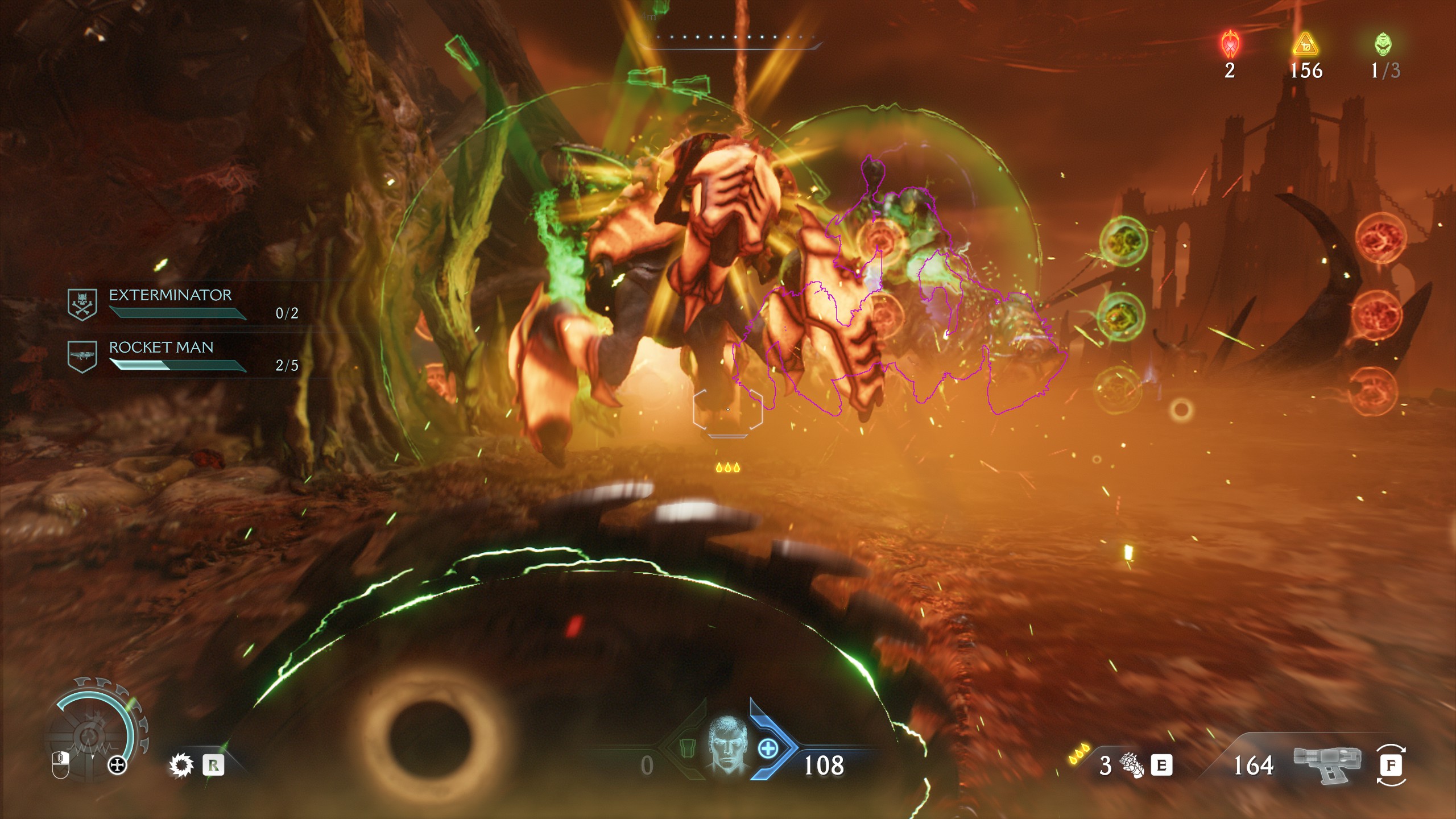
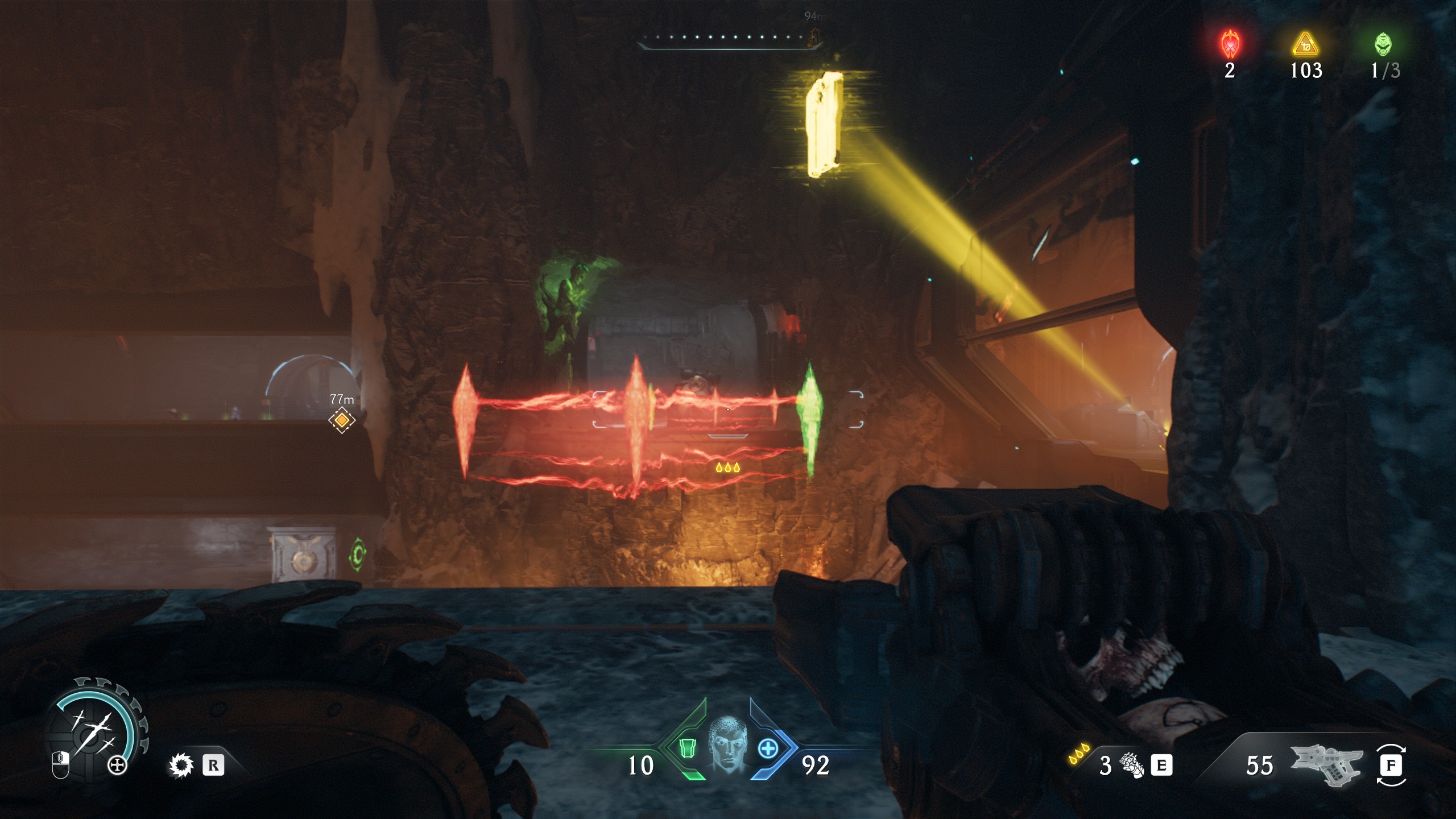
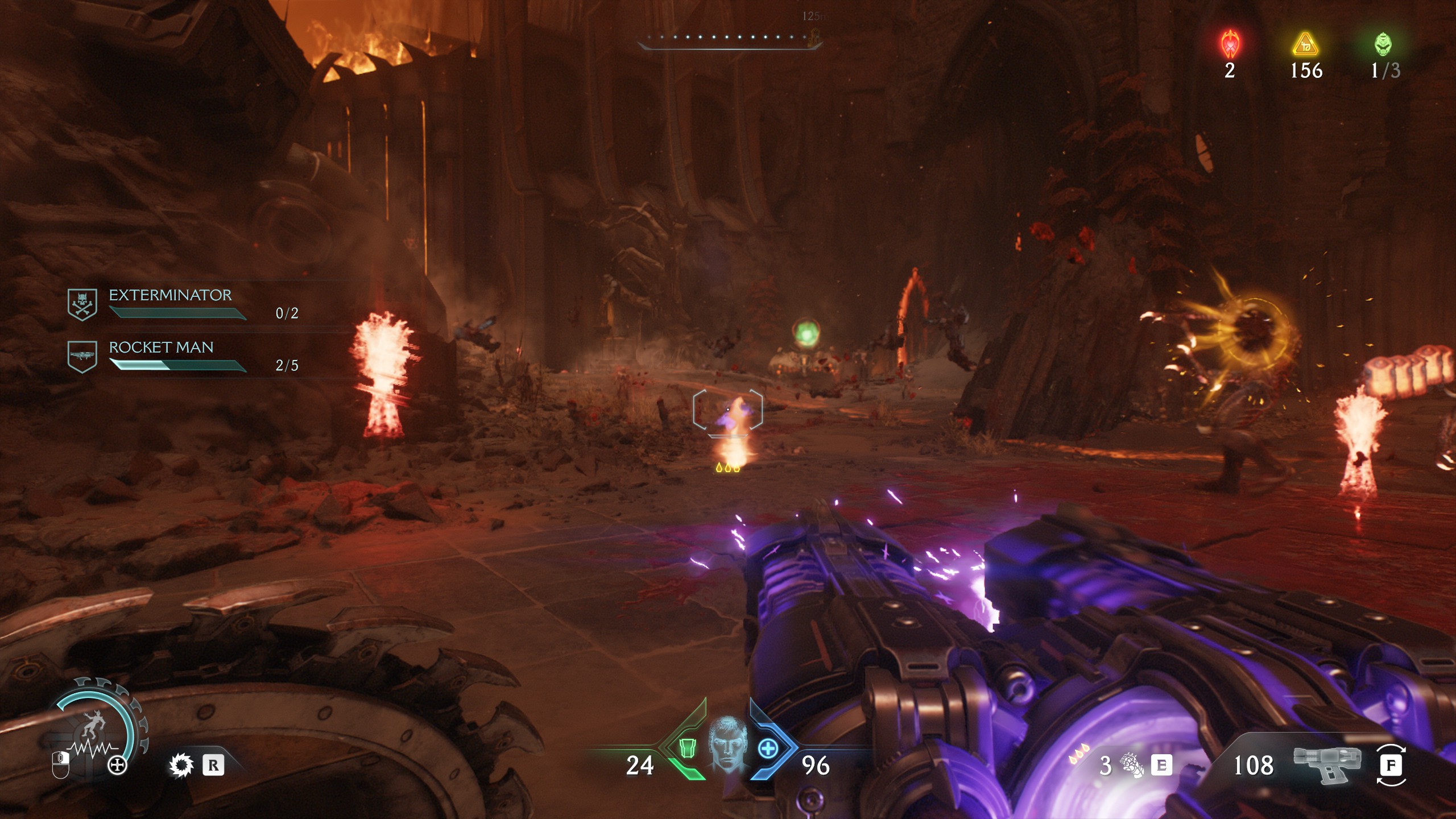
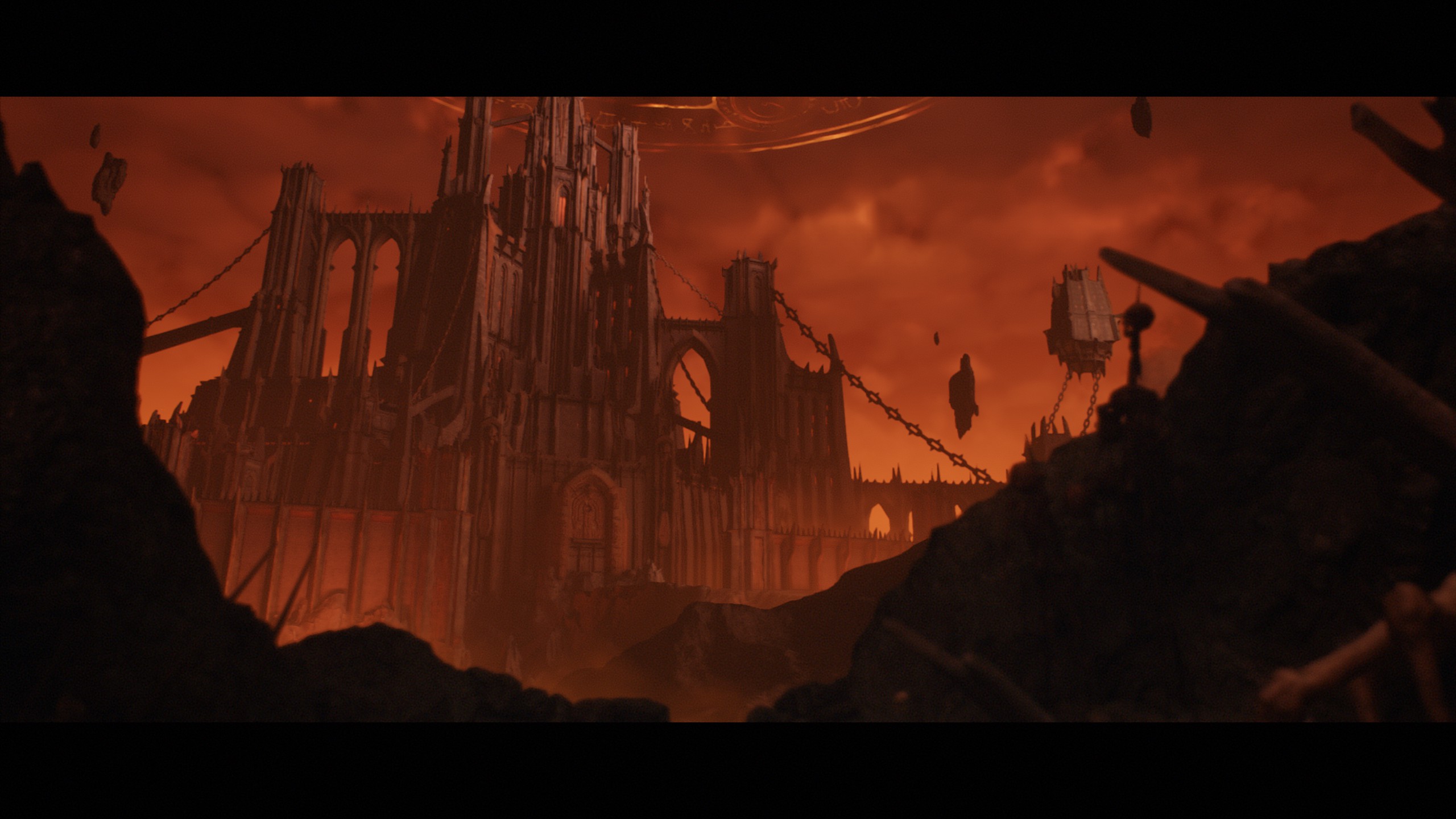
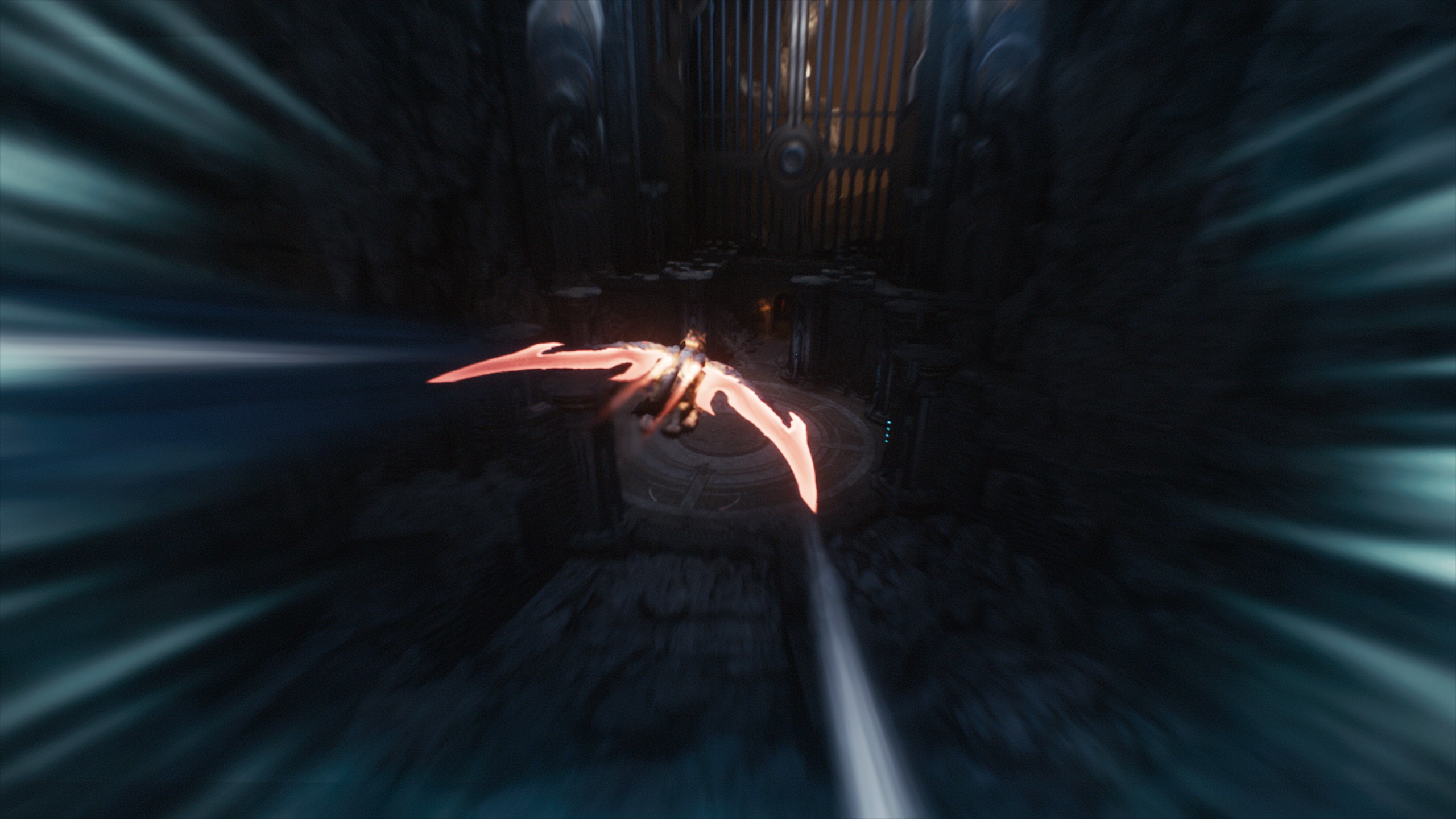








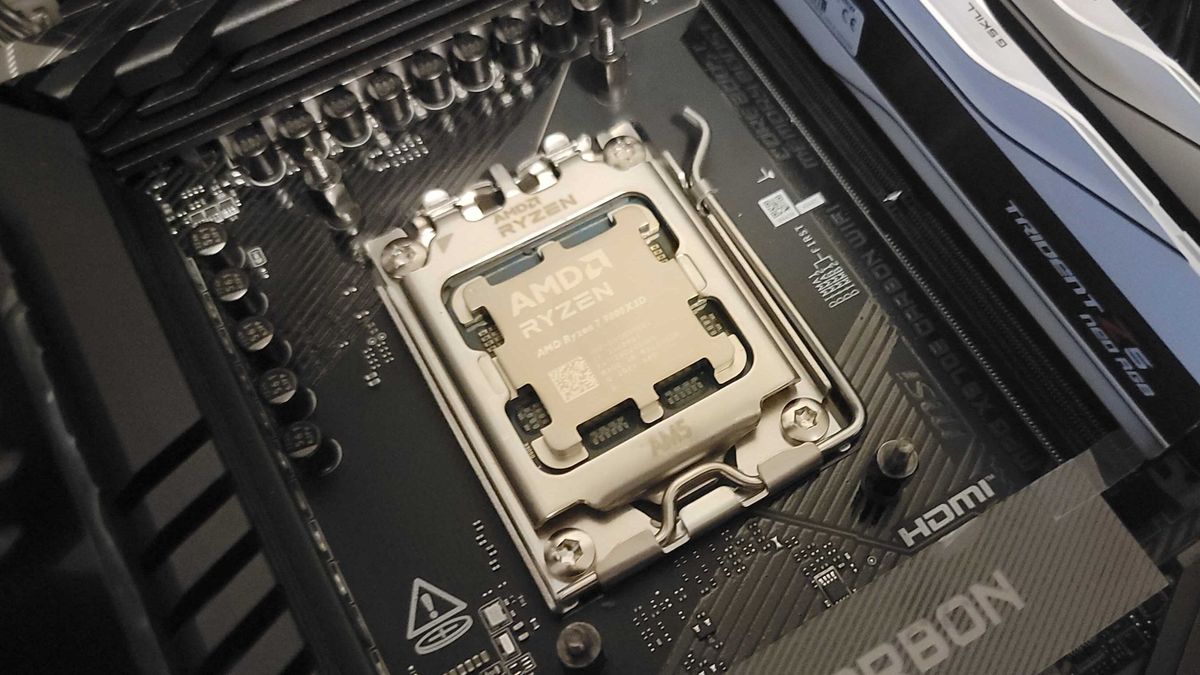
 English (US) ·
English (US) ·